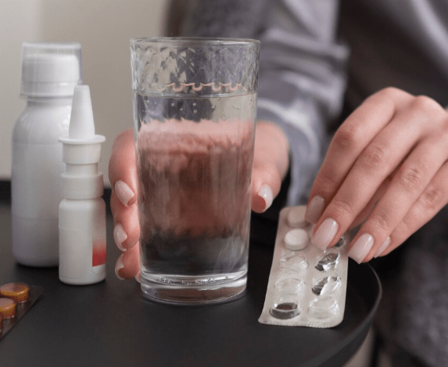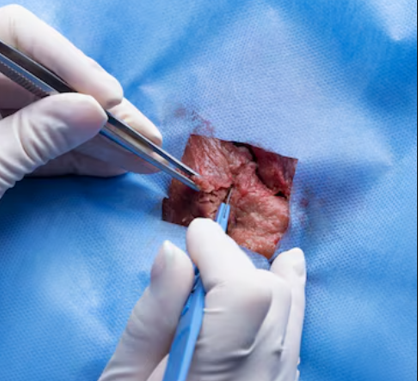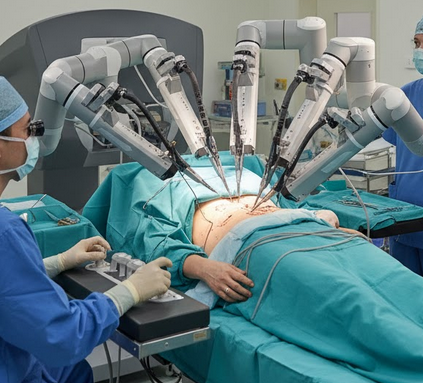Treatment Overview
Antibiotic Therapy for UTI in Korea is one of the most common and effective treatments for women suffering from urinary tract infections. A UTI occurs when bacteria, most often Escherichia coli (E. coli), enter the urinary tract and multiply, leading to inflammation and infection in the bladder, urethra, or kidneys. Women are more prone to UTIs due to their shorter urethra and hormonal changes.
In Korea, advanced diagnostic systems, rapid testing methods, and personalized antibiotic protocols are used to ensure accurate and effective treatment. Clinics use urine culture analysis, PCR testing, and antibiotic sensitivity testing to identify the specific bacterial strain responsible for infection and determine the most suitable medication.
Korean OBGYN centers and urology departments offer evidence-based, patient-centered care, combining traditional medical expertise with state-of-the-art laboratory diagnostics.
Purpose & Benefits
The primary purpose of antibiotic therapy for UTI is to eliminate infection-causing bacteria, prevent recurrence, and protect the kidneys and bladder from damage.
Key benefits of receiving antibiotic therapy for UTI in Korea include:
- Accurate Diagnosis: Comprehensive laboratory testing ensures that only necessary and effective antibiotics are prescribed.
- Rapid Symptom Relief: Patients often experience improvement within 24–48 hours.
- Targeted Treatment: Culture and sensitivity testing allows physicians to match antibiotics to the specific bacteria causing infection.
- Minimized Resistance: Korean healthcare protocols emphasize antibiotic stewardship to reduce the risk of resistance.
- Holistic Approach: Along with antibiotics, doctors provide dietary and lifestyle guidance to prevent future infections.
This combination of precision medicine and preventive care ensures faster recovery and long-term urinary health.
Ideal Candidates
Antibiotic therapy is recommended for:
- Women diagnosed with acute or recurrent urinary tract infections.
- Patients experiencing symptoms such as burning sensation during urination, pelvic pain, urgency, frequency, or cloudy urine.
- Women with infections confirmed through urine analysis or culture.
- Patients whose symptoms do not improve with home remedies or hydration alone.
Pregnant women, postmenopausal women, and those with underlying health issues (such as diabetes or kidney disorders) can also safely undergo antibiotic therapy under medical supervision in Korea.
Possible Risks & Complications
While antibiotic therapy is generally safe and effective, there are possible side effects or complications, including:
- Mild gastrointestinal upset or nausea
- Allergic reactions (rare)
- Yeast infections following antibiotic use
- Antibiotic resistance with overuse
To minimize these risks, Korean clinics follow strict diagnostic protocols and prescribe antibiotics only after confirming bacterial presence and resistance profile. Probiotic supplements are often recommended alongside antibiotics to protect vaginal and gut microbiota.
Techniques Used
Korean clinics use a combination of modern diagnostic and therapeutic techniques to ensure the success of antibiotic therapy for UTIs:
- Urinalysis: Detects white blood cells, red blood cells, and bacteria in urine.
- Urine Culture Test: Identifies the bacterial strain responsible for infection.
- Antibiotic Sensitivity Testing: Determines the most effective antibiotic against the detected bacteria.
- PCR Molecular Testing: Detects bacterial DNA for early and accurate diagnosis.
- Intravenous (IV) Antibiotic Therapy: For severe or recurrent infections, especially when oral medications are insufficient.
- Follow-up Evaluation: Post-treatment urine tests confirm the complete eradication of infection.
These diagnostic and treatment methods ensure that therapy is targeted, efficient, and tailored to each patient’s clinical profile.
Recovery & Aftercare
Most women start feeling relief within 1–3 days after starting antibiotic therapy. The full course usually lasts 3–7 days, depending on the infection’s severity and type of antibiotic prescribed.
Aftercare recommendations include:
- Completing the entire course of antibiotics, even if symptoms improve early.
- Drinking plenty of water to flush out bacteria.
- Avoiding caffeine and alcohol, which can irritate the bladder.
- Urinating before and after sexual activity to prevent reinfection.
- Using probiotics or vaginal health supplements to restore healthy bacteria balance.
Regular follow-up appointments in Korean clinics help ensure full recovery and prevent recurrence.
Results & Longevity
When treated properly, most UTIs are cured completely with antibiotic therapy. Patients experience relief from pain, burning, and urinary urgency within a few days.
Long-term results depend on preventive habits and ongoing urinary hygiene. Korean physicians also emphasize lifestyle modifications and hormonal balance for lasting urinary tract health.
In recurrent or chronic UTI cases, comprehensive management plans may include hormonal therapy, immune system support, and regular screenings to maintain long-term results.
Treatment Process in Korea
The process for UTI diagnosis and treatment in Korea is known for its precision, speed, and patient comfort:
- Initial Consultation: The patient meets with a gynecologist or urologist to discuss symptoms.
- Urine Sample Testing: Urinalysis and culture tests are performed on the same day.
- Bacterial Identification: Lab results identify the specific bacteria causing infection.
- Personalized Antibiotic Prescription: Based on culture and sensitivity results.
- Follow-Up Testing: A post-treatment urine test ensures complete recovery.
Korean clinics use automated urine analyzers, molecular diagnostics, and digital health systems to streamline care, allowing same-day diagnosis and treatment initiation.
Why Korea Is a Top Destination for UTI Treatment
Korea’s healthcare system is internationally recognized for its accuracy, efficiency, and patient-centered approach.
- State-of-the-art laboratories and molecular diagnostic tools.
- Antibiotic protocols based on precision medicine.
- English-speaking medical staff experienced with international patients.
- Integration of Western medicine with supportive care (e.g., probiotics and herbal therapies).
- Affordable treatment costs and transparent medical packages.
These factors make Korea a leading destination for advanced UTI diagnosis and treatment for both local and international women.
Cost Range
- Initial Consultation: ₩40,000 – ₩100,000 KRW ($30 – $75 USD)
- Urinalysis & Culture Tests: ₩60,000 – ₩150,000 KRW ($45 – $110 USD)
- Antibiotic Prescription: ₩30,000 – ₩100,000 KRW ($25 – $80 USD)
- Comprehensive UTI Treatment Package: ₩200,000 – ₩400,000 KRW ($150 – $300 USD)
These costs vary based on clinic location, severity of infection, and antibiotic type.
Popular Clinics
- Asan Medical Center, Seoul
- Samsung Medical Center, Seoul
- Severance Hospital (Yonsei University)
- CHA Gangnam Women’s Medical Center
- MizMedi Women’s Hospital, Seoul
- Woorisoa Urology & Women’s Clinic
- Ewha Womans University Medical Center
These institutions are renowned for modern diagnostics, specialized women’s care, and patient-friendly English services, making them top choices for women seeking antibiotic therapy for UTI in Korea.




